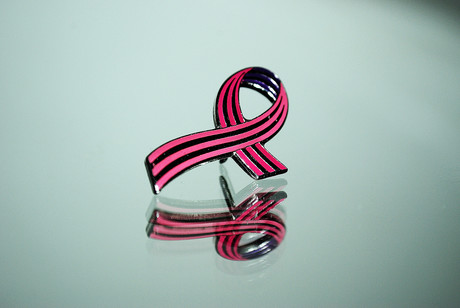Stem cells linked to triple negative breast cancer

New research from the Walter and Eliza Hall Institute of Medical Research (WEHI) has identified the cells responsible for a particularly recurrent form of cancer, giving hope that better treatments can be developed for so-called ‘triple negative’ breast cancers.
Part of a 20-year research program spearheaded by WEHI, this information was uncovered by Professor Geoff Lindeman, Professor Jane Visvader, Dr Anne Rios and Dr Nai Yang Fu using advanced cellular, bioinformatics and imaging technology.
The WEHI team had previously worked with bioinformatics researchers Dr Matthew Ritchie and Professor Gordon Smyth to identify and define subsets of breast stem cells with different functions. One of these stem cells is a long-lived variety that is normally dormant in the mammary glands but becomes active when exposed to ‘ovarian hormones’ during pregnancy.
“When we looked at the genes that were switched on in these stem cells, we could distinguish subsets of stem cells that differed in their expression of genes encoding two proteins called Tetraspanin8 and Lgr5,” said Dr Fu.
Using three-dimensional imaging, the team were able to identify the three different types of stem cells, each with unique functions and located in different parts of the breast. Dr Rios said: “We focused particularly on one stem cell subtype that had the highest levels of Tetraspanin8 and Lgr5 protein, which were located in the ‘proximal’ region of the breast around the nipple.”
The team posits that stem cells with high levels of Tetraspanin8 and Lgr5 protein may have causal links with claudin-low cancers, a subtype of triple negative breast cancers. According to Professor Visvader, “claudin-low cancers have a high chance of recurrence after treatment, leading to a poor prognosis for patients”.
Professor Lindeman said: “We hope that our discovery can be used to understand how cancers may arise from long-lived stem cells, and potentially lead to better outcomes for breast cancer patients in the future.”
Published in Nature Cell Biology, this research was made possible by the support of the Victorian Government Operational Infrastructure Support Scheme, the Victorian Cancer Agency, Cure Cancer Australia, the National Breast Cancer Foundation, the Joan Marshall Breast Cancer Research Fund, the Qualtrough Cancer Research Fund, the Australian Cancer Research Foundation and the National Health and Medical Research Council.
Mini lung organoids could help test new treatments
Scientists have developed a simple method for automated the manufacturing of lung organoids...
Clogged 'drains' in the brain an early sign of Alzheimer’s
'Drains' in the brain, responsible for clearing toxic waste in the organ, tend to get...
World's oldest known RNA extracted from woolly mammoth
The RNA sequences are understood to be the oldest ever recovered, coming from mammoth tissue...





